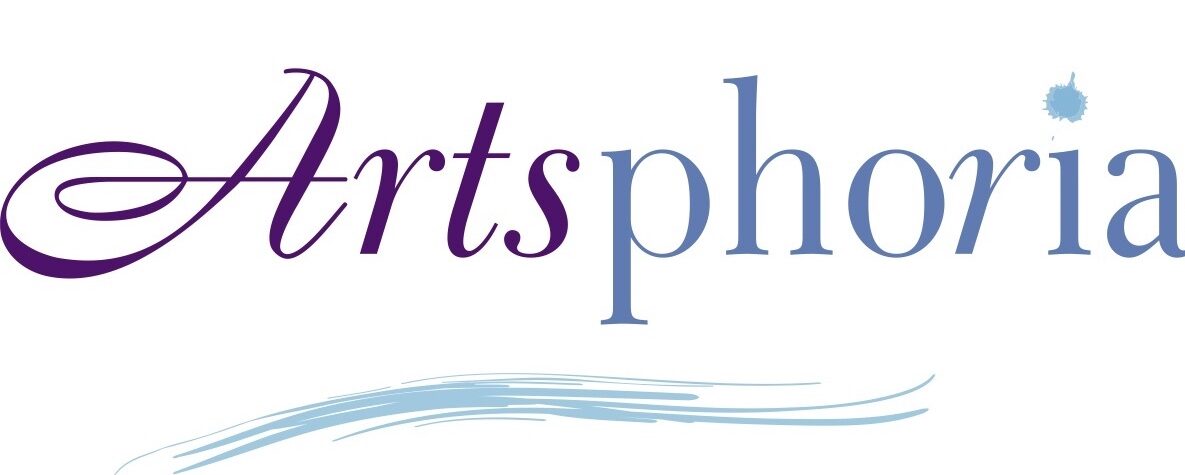Why did our team decide to launch Artsphoria: Arts, Business & Technology Center? With increasing and fascinating developments at the intersection of these three industries, this online publication focuses on the power of each area to have a beneficial impact on the others.
Over the years, Artsphoria has remained a strong advocate of growth through arts and business partnerships. Our team firmly believes that creative thinking and innovative approaches lead to business growth as well as the conceptualization and development of new technology. Similarly, sound business practices and tech products have enabled arts organizations to expand their reach and increase audience participation at unprecedented levels.
Impact of the Arts on the Economy
According to research from Americans for the Arts, the arts continue to have a positive impact on the economy. Here are some of the findings:
- Arts and Economic Prosperity 5 Nationally, the nonprofit arts and culture industry generated $166.3 billion of economic activity during 2015. Arts and cultural organizations spent $63.8 billion, and audiences added $102.5 billion in event-related expenditures. This activity supported 4.6 million jobs and generated $27.5 billion in revenue to local, state and federal governments (reaching beyond the total $5 billion in arts allocations).
- Arts and GDP According to the U.S. Bureau of Economic Analysis, arts and cultural production contributed $764 billion to the nation’s economy in 2015. This represents 4.2 percent of the GDP—a larger share of the economy than transportation, tourism, or construction.
- National Arts Index In March 2016, this report indicated that 113,000 nonprofit arts organizations employed 2.2 million artists in the workforce. Conclusion: The arts are a strong factor in the economy.
- Creative Industries: Business & Employment in the Arts As of April 2017, this report indicated that 673,656 national businesses are involved in the creation or distribution of the arts, and they employ 3.48 million workers. This represents 4.01% of all U.S. businesses and 2.04% of all U.S. employees—providing evidence that the arts are a strong force in business.
- Arts Trade Balance According to research updated in February 2019, arts and cultural goods and services trade surpluses reached $21 billion in 2015. The arts consistently outperform the overall U.S. Balance of Trade.
As this research from Americans for the Arts shows, the economic benefits of the arts on business plus the creative workers they employ often lead to innovation. Cultural contributions also fortify the U.S. position in the global marketplace and play a significant role in building and sustaining economic vitality.
Observations About Economic Benefits of the Arts
In your experience, how have the arts supported business growth? How has creative thinking enabled the development of new technology? Share your thoughts and experiences about collaboration in the arts, business and technology on Artsphoria now!
Do you have a great story to tell about innovative work at the intersection of these three industries? Email Artsphoria’s CEO Andrea Karen Hammer at artsbiz@protonmail.com.

